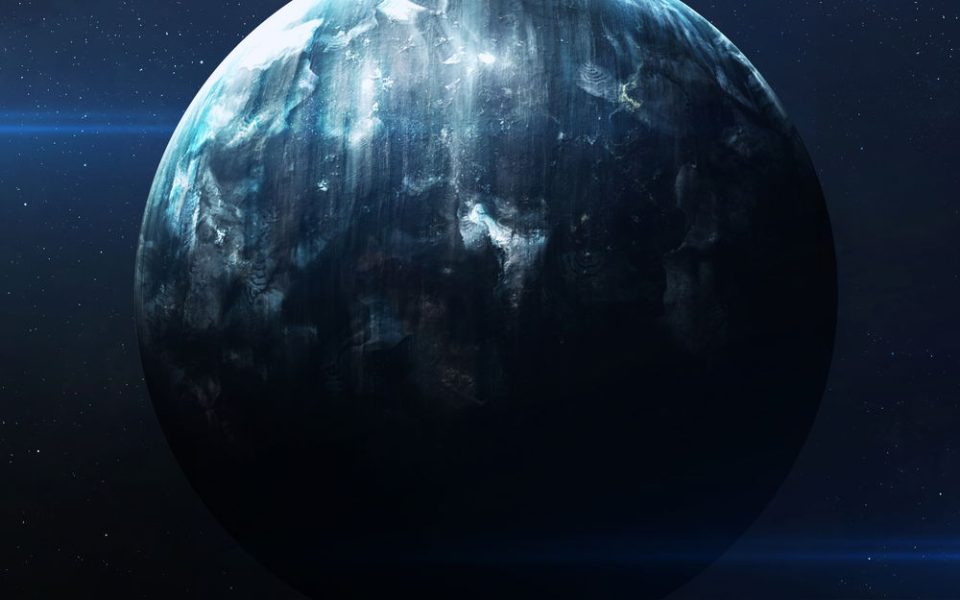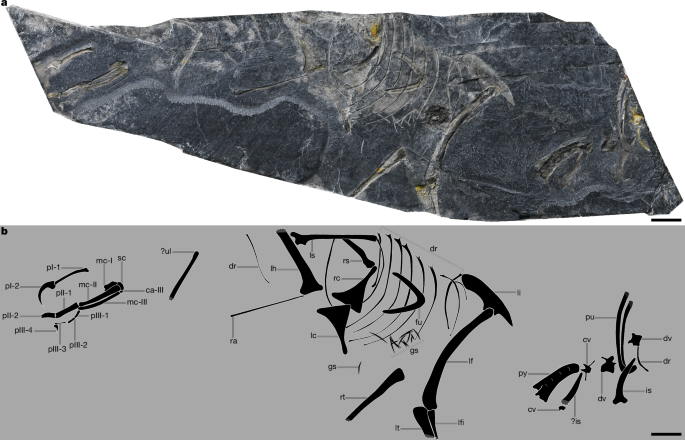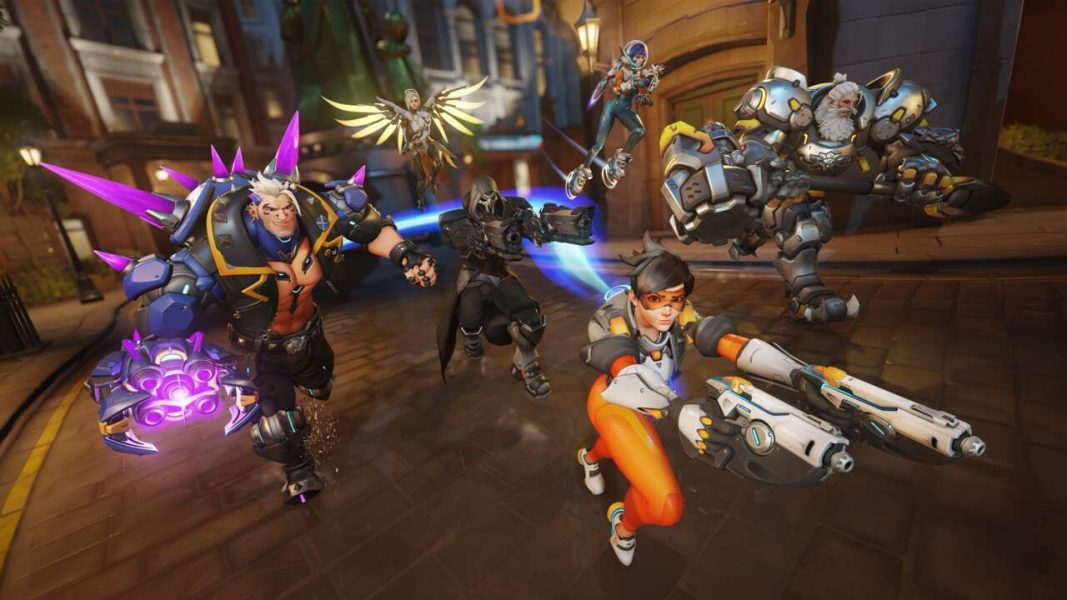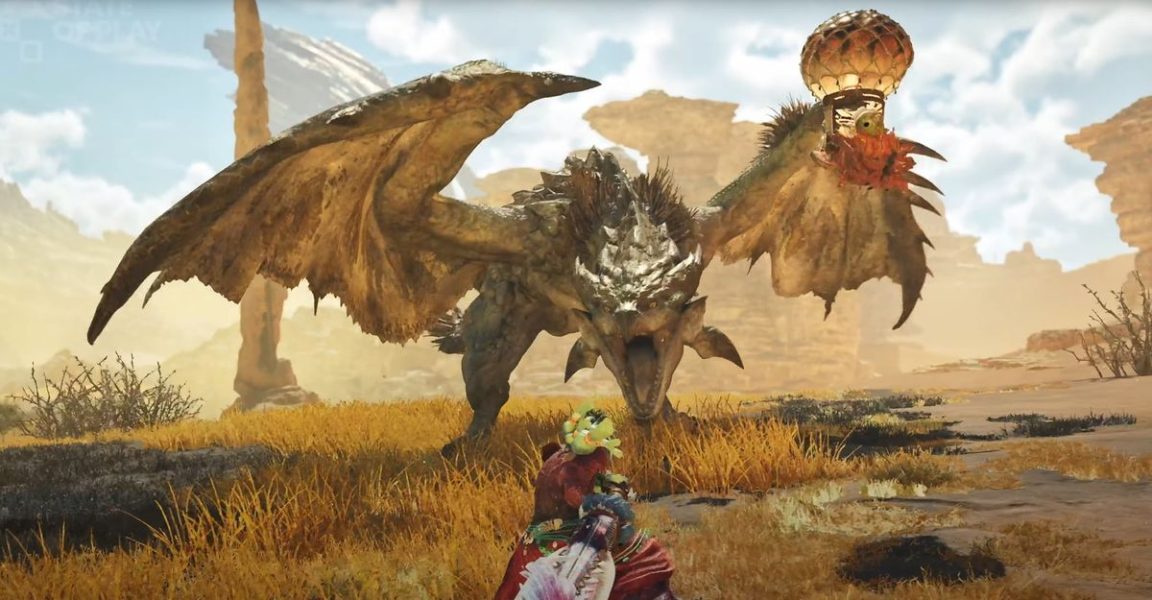NASA Spent 10 Years Reconstructing This Breathtaking 417 Megapixel Image of This Galaxy Located 2.5m Light-Years Away – The Daily Galaxy –Great Discoveries Channel
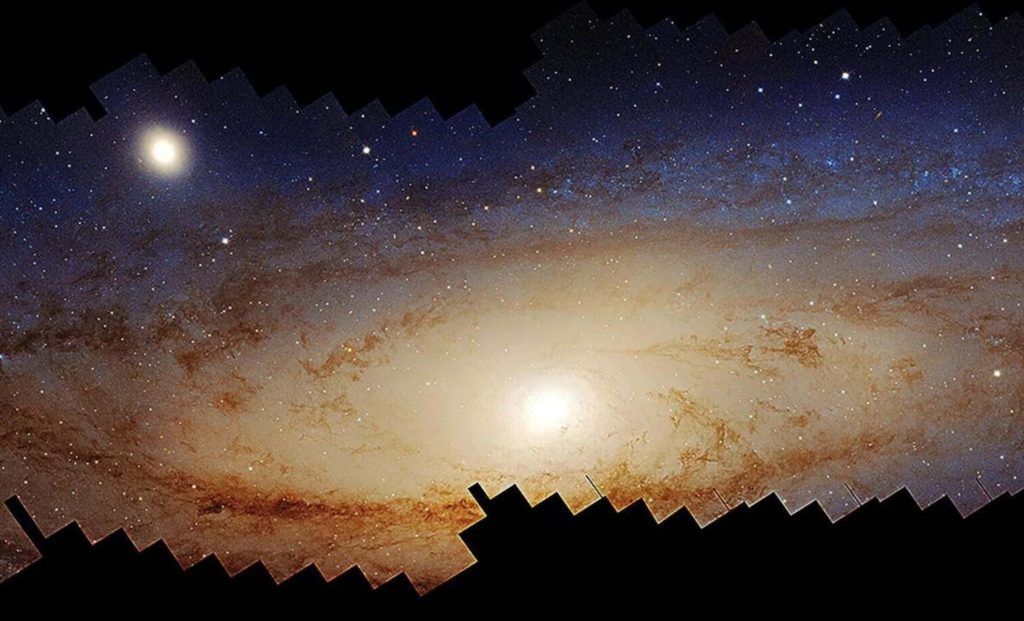
After 10 years of observations and over 1,000 orbits, NASA has unveiled the most precise image of Andromeda ever created. This 417-megapixel masterpiece reveals a turbulent past, exposing the aftermath of a cosmic collision that shaped its evolution. The data is rewriting our understanding of galactic dynamics. A closer look reveals something even more astonishing.For over a decade, the Hubble Space Telescope meticulously observed our closest galactic neighbor, capturing over 1,000 orbits’ worth of data. The result? A breathtaking 417-megapixel image of the Andromeda Galaxy, revealing an intricate tapestry of over 200 million stars and traces of a violent past. This unprecedented view not only showcases the galaxy’s beauty but also provides compelling evidence of a long-ago cosmic collision that reshaped its evolution.The Hubble Space Telescope, which has been expanding our cosmic horizons for nearly 35 years, has now delivered one of its most ambitious projects yet. The newly assembled image, measuring an astonishing 42,208 by 9,870 pixels, is the most detailed visual representation of Andromeda ever created.Although Andromeda is estimated to contain around one trillion stars, this image captures just a fraction of them—200 million individual stars— in exquisite detail. By comparison, our own Milky Way is thought to house between 100 and 400 billion stars. The clarity of this mosaic is staggering, offering astronomers an unparalleled opportunity to study Andromeda’s structure and history.While stunning to behold, this image is more than just a portrait of Andromeda’s present—it is a window into its tumultuous past. The galaxy’s structure hints at a dramatic event that triggered a massive wave of star formation, only for that activity to come to an abrupt halt.According to Daniel Weisz, an astronomer at the University of California, Andromeda resembles a “cosmic train wreck”, a chaotic structure shaped by past galactic encounters. The leading theory? Andromeda may have collided with a smaller galaxy—most likely its satellite Messier 32—in an event that stripped away interstellar gas, stifling the birth of new stars.Computer models suggest that such collisions often leave behind compact stellar remnants, and Messier 32, a small but dense galaxy near Andromeda, might be the stripped-down core of a former spiral galaxy. If true, this ancient collision forever altered Andromeda’s evolutionary path, setting the stage for what we see today.This image is more than a testament to Hubble’s capabilities—it provides astronomers with crucial data on how galaxies grow and evolve over billions of years. By analyzing Andromeda’s structure, scientists gain insights into the broader life cycle of galaxies, particularly how mergers and interactions shape their destinies.Andromeda’s history could also foreshadow our own galaxy’s future. Astronomers predict that in about 4.5 billion years, Andromeda and the Milky Way will collide, merging into a single, massive elliptical galaxy. Studying Andromeda now offers a preview of the grand cosmic dance that awaits us.While Hubble continues to produce groundbreaking discoveries, its time in orbit is limited. But the torch will soon be passed to next-generation telescopes, including the James Webb Space Telescope and the upcoming Nancy Grace Roman Space Telescope, set to launch in May 2027. These advanced observatories will peer even deeper into the universe, uncovering details about galaxies and cosmic phenomena never before seen.With technology advancing at an unprecedented pace, humanity is now capable of decoding the hidden stories of galaxies like Andromeda in extraordinary detail. The discoveries ahead promise to push the boundaries of our understanding, offering new perspectives on the origins, structure, and future of the universe.This article has been republished from the following materials. Note: material may have been edited for length and content. For further information, please contact the cited source.Got a reaction? Share your thoughts in the commentsEnjoyed this article? Subscribe to our free newsletter for engaging stories, exclusive content, and the latest news.Comment Save my name, email, and website in this browser for the next time I comment.
© 2024 | Daily Galaxy | All rights reserved
